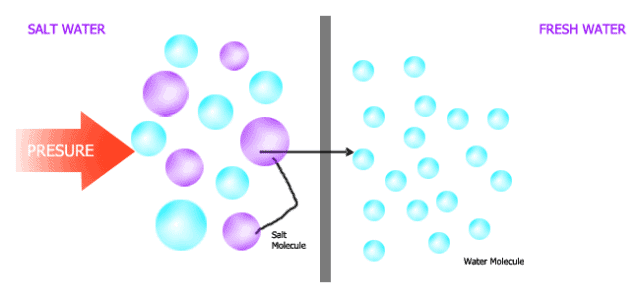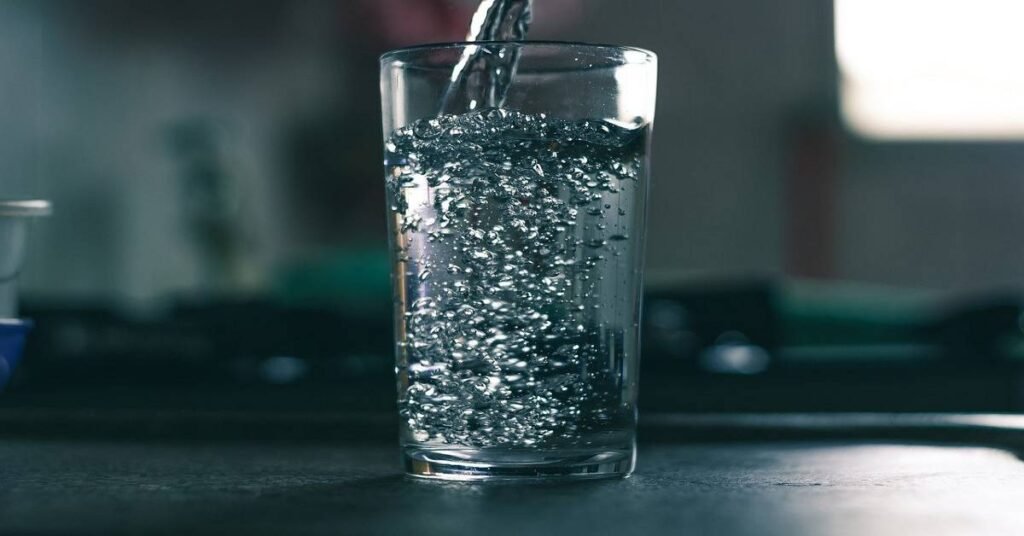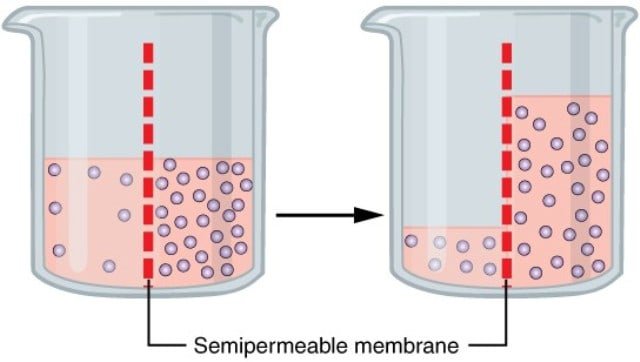Table of Contents
RO Water Purifier is a device designed to purify your drinking water using a reverse osmosis process. In this article, we will explain in detail: the RO water purifier, its advantages, and disadvantages.
Water is one of the most precious resources on our planet. Safe and healthy drinking water is our basic necessity. We all need safe drinking water for a healthy life but are we getting safe drinking water from our water source. Mere access to drinking water is not enough if we are not getting safe and healthy drinking water.
Water from all sources gets contaminated with some impurities, be it supply water, ground water, tank water, or water from rivers and lakes. Water impurities include dissolved solids, heavy metals, chemicals, salts, pesticides, insecticides, and many more. We use a Water purifier to make water free from these impurities. Water Purifiers are of three types:
- UF (Ultra-Filtration) Water Purifier
- UV (Ultra-Violet) Water Purifier
- RO (Reverse Osmosis) Water Purifier
RO water purifier is considered one of the best water purifiers available in the market. Let’s take you in detail of its working, components, advantages, and disadvantages.
What is Reverse Osmosis?
To understand the concept of Reverse Osmosis, let me take you back to your chemistry class and try to understand what Osmosis is.
Osmosis is a natural tendency of liquid to move from a low concentration level to a high concentration level when separated by a semi-permeable membrane. The semi-permeable membrane allows molecules like water to pass through it, but some molecules like dissolved salts can not pass through it.
The Reverse Osmosis process is just the opposite of Osmosis, in which the flow of liquid is reversed. In Reverse Osmosis, the liquid moves from a high concentration level to a low concentration level under pressure. In this case, the water molecules gets forced to move in the reverse direction.

RO water purifier uses Reverse Osmosis technology to filter out impurities from water. Water from the high concentration side (with more impurities) under pressure moves to low concentration side through a semi-permeable membrane to give you clean and healthy drinking water.
How does RO water Purifier work?
RO water purifier works by using a high-pressure pump to increase the pressure on one the side of RO with impure water to force the water across the semi-permeable membrane, filtering out almost all impurities like heavy metal and dissolved salts. The amount of pressure applied depends on the concentration of dissolved solids in the water.
The semi-permeable membrane plays a vital role in the RO water purification system; it has a small pore size of 0.0001 microns. It means this membrane is capable of filtering out most of the impurities (95-99%) to provide you pure water. RO water purifier is one of the most efficient water purifiers.
Unlike a Normal filtration system, in which you need to clean the filters to get rid of the impurities, the RO water purifier works on a cross filtration system. It comes with two outlets. One outlet is for the filtered water, and the other outlet is for rejected water.
You can use the rejected water for cleaning the floor and toilets. It is generally not advised to recycle the reject water again to the water purifier as it has high contaminants concentration and it can strain your machine.
Parts of RO Water Purifier
Inlet Valve
The Inlet valve connects to your water line; it is the water source for your RO water purifier. This tube takes water to the sediment filter.
Sediment filter
The purification process starts with the sediment filter. It removes impurities like sand and dust that can clog the RO membrane. It is recommended to replace this filter at least every six months.
Activated Carbon filter
Supply water you receive at home gets disinfected using chlorine by the municipality to kill the harmful microorganisms present in water. The chlorine present in your water can damage the RO membrane. An activated carbon filter gets used in removing chlorine from your water.
RO membrane
RO membrane is a vital part of the RO water purifier. It filters out most of the impurities (heavy metal, salts, dissolves solids, etc.) present in water.
Some water purifier comes with additional filters like UV filter/UF filter. If any impurity passes through the RO membrane, a UV/UF filter takes care of it.
Polish filter
This activated carbon filter comes under the post-filter category. This filter removes the bad taste and odor of water.
Check valve
The check valve prevents the filtered water in the storage tank from flowing back to the RO membrane. The reverse flow of water can rupture the RO membrane.
Storage tank
Storage tank stores the filtered water under pressure and provides you purified drinking water when the faucet is on.
Drain line
The drain line discharges the wastewater containing impurities. It gets connected with the RO membrane output point.
Drinking-Water Faucet
The drinking water faucet gives you purified water when turned on.
Types of RO water Purifier
In India, two types of water purifiers are available for your home.
1. Under-sink RO Water Purifier
An Under-sink water purifier gets placed underneath your kitchen sink, and an RO water faucet is attached to the sink. This type of water purifier is gaining popularity in India because of its space-saving feature. It is an ideal choice for homes having less kitchen space and also if they are not comfortable in making any changes to it.
The advantages of having an under-sink water purifier are it has a high flow rate compared to a wall-mounted water purifier, thanks to its hydrostatic RO water storage tank. It saves a lot of space in your kitchen, and water spillage is also not an issue with this type of water purifier.
2. Wall Mounted RO Water Purifier
As the name suggests, a wall-mounted water purifier gets mounted on the wall, and you can also place it on the tabletop. This type of water purifier is now more popular in India. It comes in a compact form with all components.
The only difference between a wall-mounted water purifier and under sink water purifier is their design and installation.
Advantages of RO Water Purifier
- RO water purifier is the most effective water purifier available in the market. It removes most impurities like dissolved solids, chemicals, salts, harmful microorganisms, and heavy metals.
- Unlike UV water purifiers, they not only kill harmful microorganisms but also remove their dead bodies from your water.
- This water purifier removes the bad taste and odor from your drinking water, giving you tasty, healthy, and safe water.
- It comes with a TSD controller and Mineralizer that adds the essential mineral to your water.
- It comes in compact designs and is easy to operate.
Disadvantages of RO Water purifier
- The major disadvantage of it is it wastes a lot of water. For every liter of purified water, a liter of water gets wasted.
- It runs on electricity.
- Running water and high pressure is required.
Conclusion
RO water purifier is the overall best choice for your home. Its compact and sleek design complements your kitchen décor. Unlike UV and UF water purifier, it can take care of all the impurities present in water and provides you pure and healthy water 24×7.
Related Posts:



Everything is very open with a clear description of the challenges.
It was really informative.
Your site is useful.
Thank you for sharing!
Thank you